Culture
Huge 9,000-year-old Stone Age settlement, one of the largest in the world, discovered in Israel
By Itzhak Rabihiya
Israel Antiquities Authority: Huge 9000 Years Old Prehistoric Settlement, the Largest in Israel and One of the Largest in the World, was Exposed Near Jerusalem
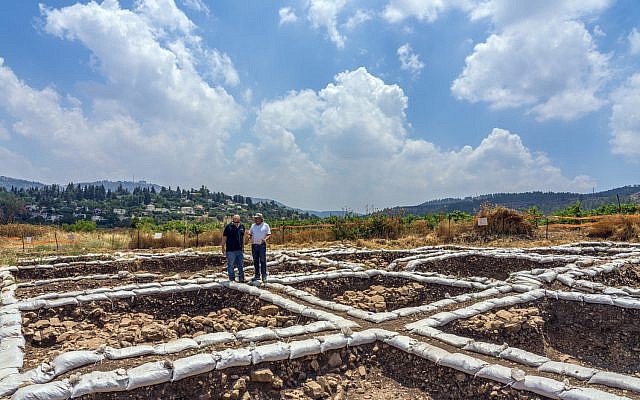
Just near my House, close to Har Adar and on the way to
Amongst others, thousands of arrowheads, pieces of jewelry and figurines produced by the people of the sitehave been unearthed during the excavations.
The Motza excavation site is situated 5 km west of Jerusalem, on the banks of the Sorek Stream, near water fountains and close to a fertile valley and to the ancient way that led from the Shefela (foothills) region to Jerusalem. These optimal conditions are a central reason for long-term settlement on this site, from the Epipaleolithic Period, around 20,000 years ago, to the present day.
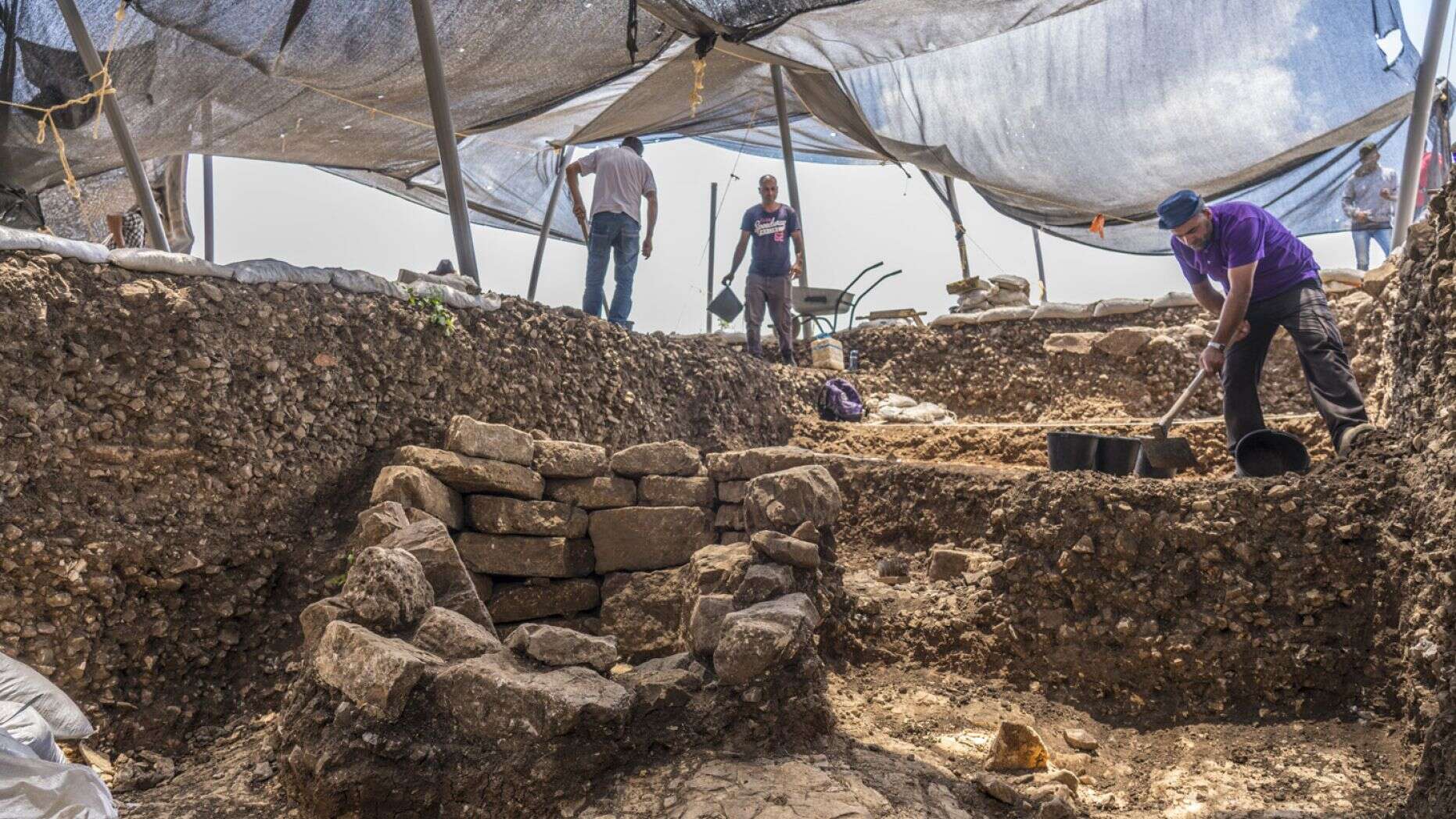
According to Dr. Hamoudi Khalaily and Dr. Jacob Vardi, excavation directors at Motza on behalf of the Antiquities Authority, "this is the first time that such a large-scale settlement from the Neolithic Period – 9,000 years ago – is discovered in
According to the researchers, "In a place where people live, there are dead people as well: Burial places have been exposed in and amongst the houses, into which various burial offerings have been placed – either useful or precious objects, believed to serve the deceased in the next world. These gifts testify to the fact that already during this ancient period, the residents of this site conducted exchange relationships with faraway places. Amongst others, unique stone-made objects were found in the tombs, made of an unknown type of stone, as well as items made of obsidian (volcanic glass) from Anatolia, and sea-shells, some of which were brought from the Mediterranean Sea and some from the
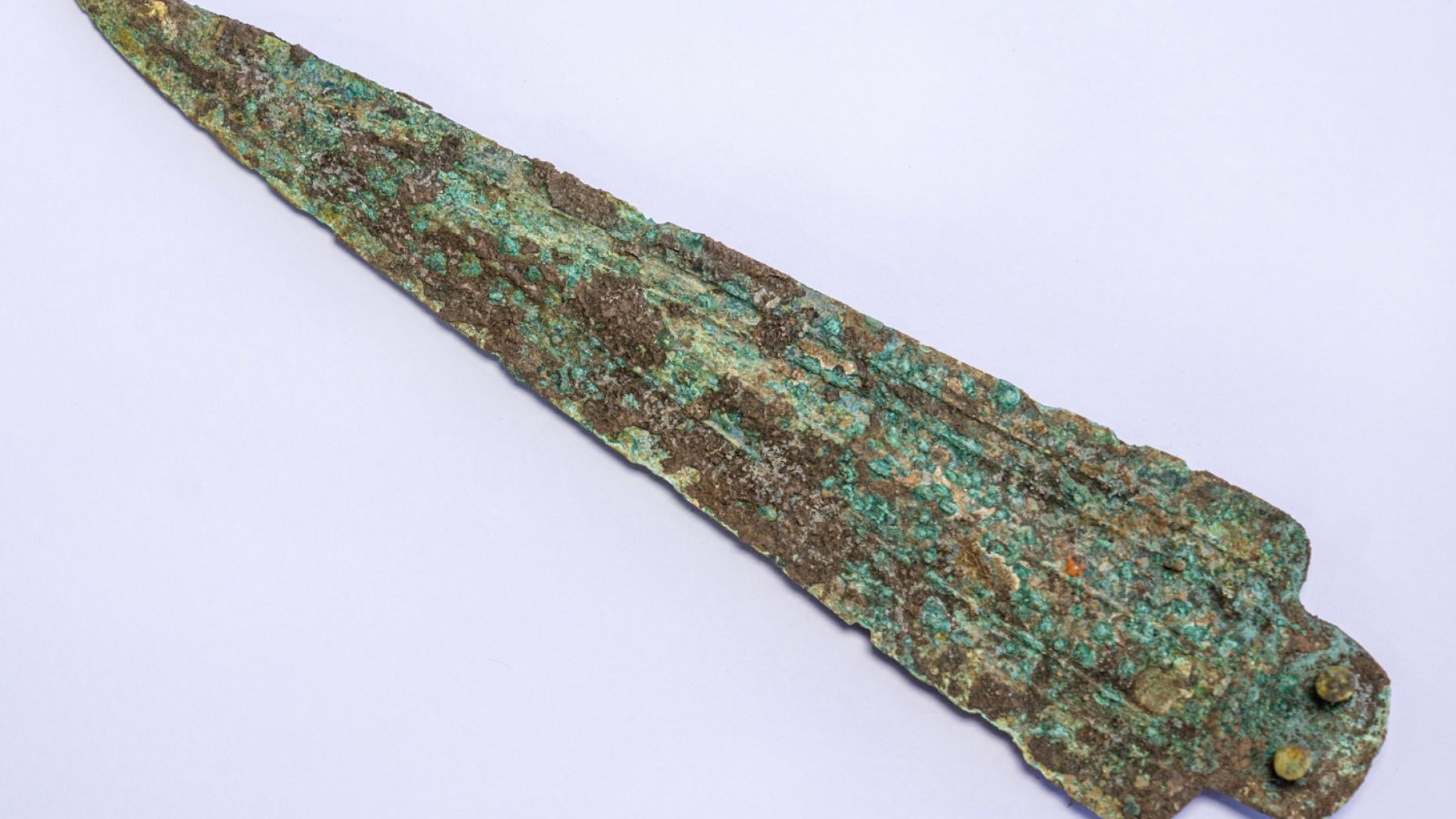
In all excavation areas, many flint tools manufactured on the site were unearthed, including thousands of arrowheads that were used for hunting, and possibly for fighting as well, axes used for tree-felling, and sickle blades and knives. In the settlement, built storage sheds were exposed, which contained a huge quantity of legumes, especially lentils. The fact that the seeds were preserved is astonishing in the light of the site's age. This finding is evidence of an intensive practice of agriculture. Moreover, one can conclude form it that the Neolithic Revolution reached its summit at that point: animal bones found on the site show that the settlement's residents became increasingly specialized in sheep-keeping, while the use of hunting for survival gradually decreased.
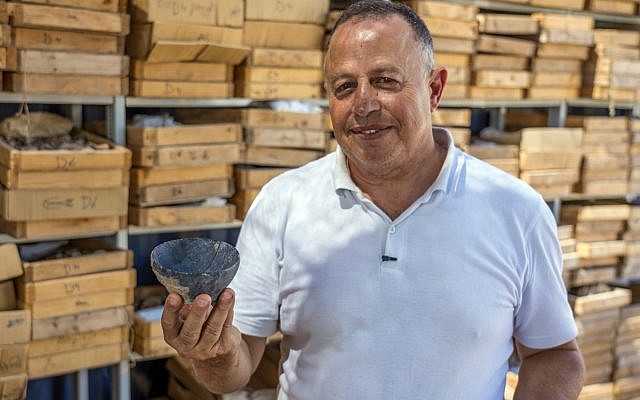
According to researchers, "the exposure of the enormous site in Motza awakens extensive interest in the scientific world, changing what has been known about the Neolithic period in that area. So far, it was believed that the Judea area was empty, and that sites of that size existed only on the other bank of the Jordan river, or at the
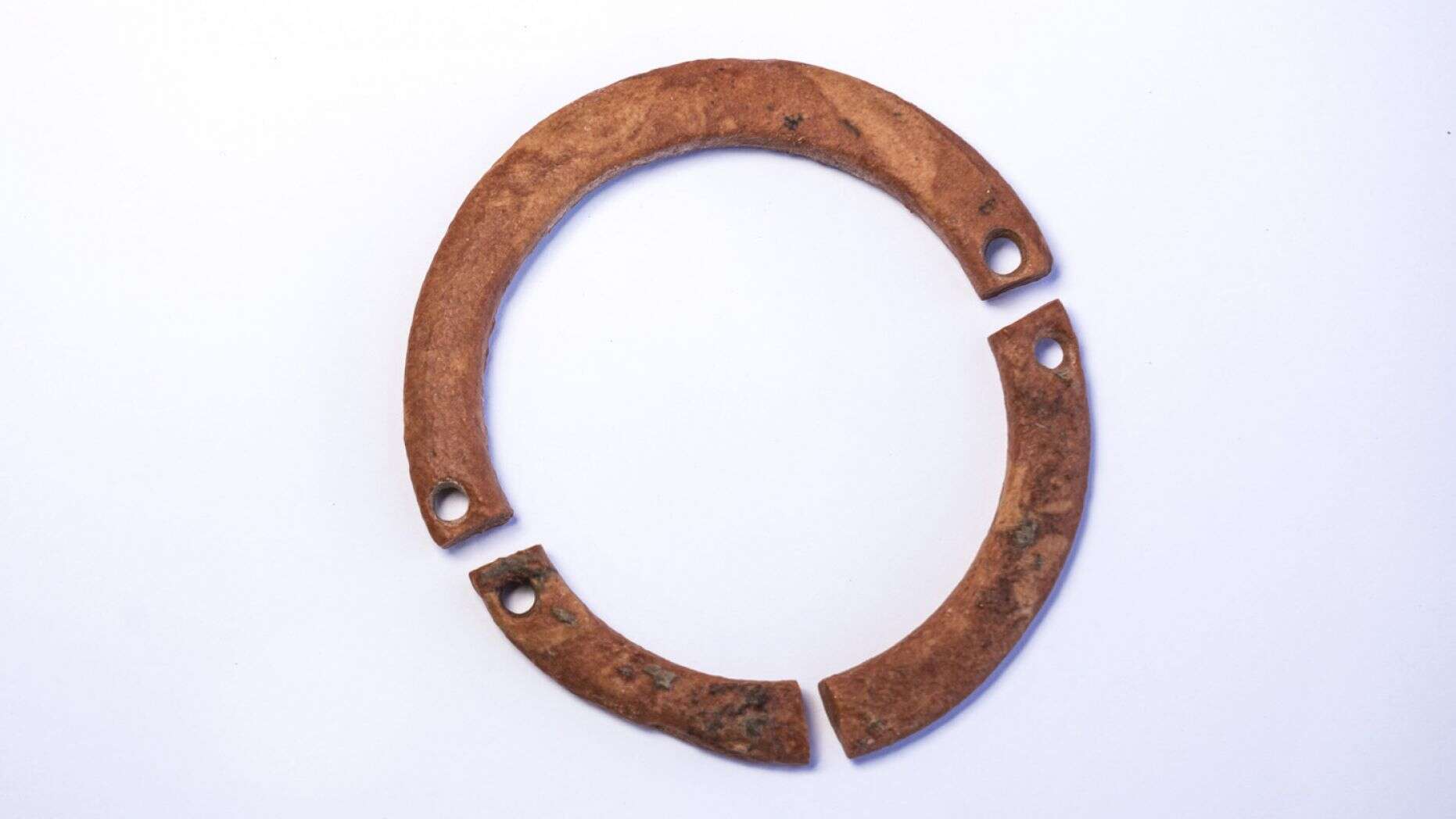
According to engineer Gilad Naor, Head of Projects Department at the Netivei Israel Company, "It is a huge privilege for us, as the Israel National Transport Infrastructure Company – Netivei
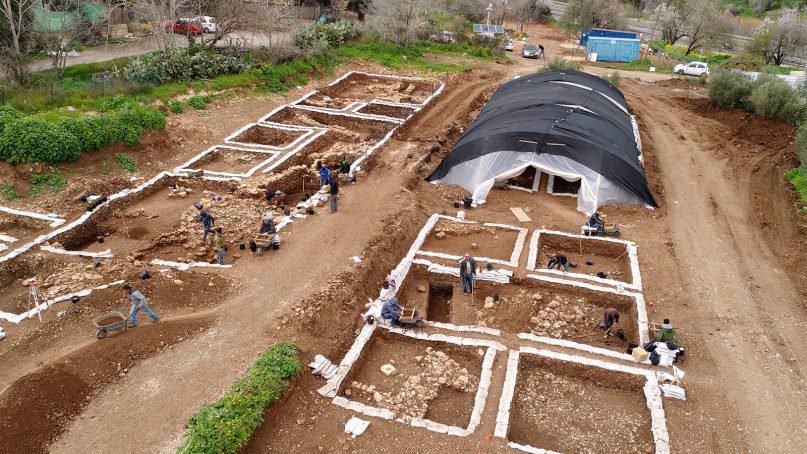
According to Amit Re'em, Jerusalem District Archeologist of the Israel Antiquities Authority, along with the excitement and importance of the finds, the IAA is aware of the vital need to create an additional access road to
Photo:
Stories for you more +